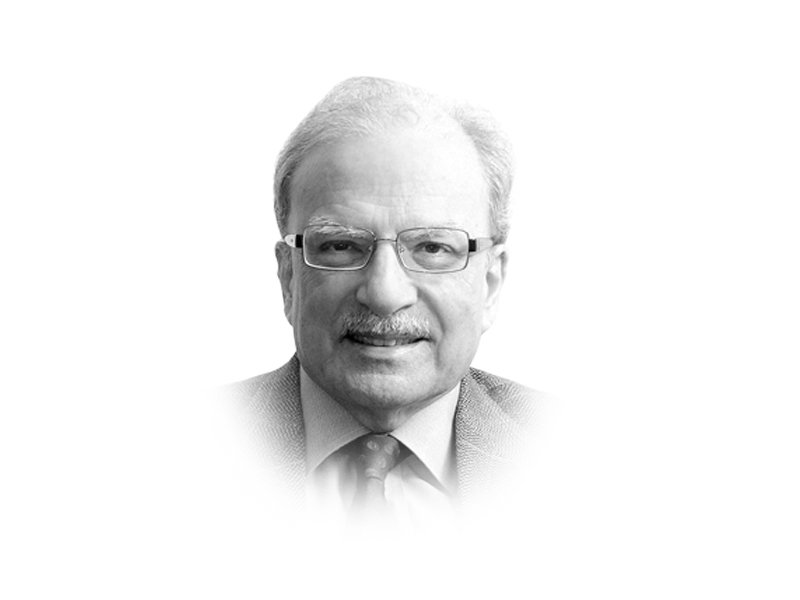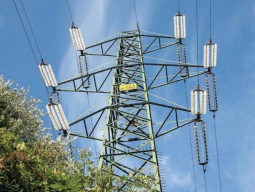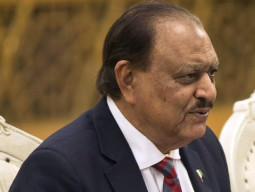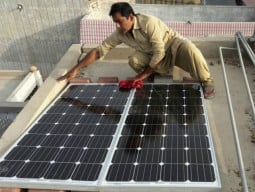
Looking back at the three-and-a-half year record of governance, it would not be inappropriate to suggest that attention indeed was given to the three Es and that significant improvement was made in these three areas. The military was authorised to launch a major operation to clear some of the sanctuaries terrorist groups had developed in the country’s northern areas. North Waziristan was the target of what was billed as the Zarb-e-Azb operation that succeeded in removing the groups that had operated from that agency. That said the numerous non-state actors that have developed the capacity to do harm remain active in other parts of the country and will have to be eliminated.
While energy shortages are still around, a great deal of public money is being spent on increasing power generation. Much of this is being done with the help of China as a part of the China-Pakistan Economic Corridor (CPEC) programme that will bring in some $45 billion of investment into the country. The government has said that by the time it calls the next general election, presumably some time in the first part of 2018, enough new power would have been added to the national grid to overcome load-shedding.
It appears that the investment community is now more confident in the country’s economic future than was the case when the present set of rulers assumed power. This has been helped by the completion of the economic programme funded by the International Monetary Fund (IMF). The new government approached the IMF soon after it took office. Financial resources were requested from the Washington-based institution to save the country from an external crisis. The Fund came in with the indication that it will provide $5.3 billion of its money if Islamabad implemented a programme of structural reforms.
With the Fund’s help and the policies adopted by the government, Pakistan was able to reverse the recent downward economic trend. The revival engineered by the present administration has meant a slight pick up in the rate of increase in GDP with the promise that this trend will be continued into the future. However, in spite of this pick-up, Pakistan will remain South Asia’s poorest performing economy. India at more than seven per cent increase in its GDP, is now the world’s fastest growing large economy. Pakistan’s performance has also slipped below that of Bangladesh that has been able to sustain a higher rate of GDP increase for the last decade or so. Could Pakistan close the gap with its South Asian neighbours?
The answer is most definitely yes but it will need some fresh thinking on the part of the economic managers. While Islamabad’s policymakers have done well in addressing the short-term economic crises they faced when they assumed control, they have not turned their attention to addressing longer-term problems. The government needs to lay out its vision for the future that is well grounded on an assessment of the country’s endowments. Islamabad did undertake such an exercise. A strategy paper was released by the Planning Commission some months ago that promised a rosy future but did not define in practical detail how this future was to materialise.
A reasonable way to start a serious exercise aimed at planning a better future for the country would be to identify the endowments on which a better future can be built. Planners in Pakistan should focus in particular on three factors. These should be incorporated in a strategy aimed at producing a better future for the country. They are the country’s location, its incredible rich agriculture and its large and potentially rich human resource. Each of these will need the attention of the policymakers not only in Islamabad but in the provincial capitals as well.
Published in The Express Tribune, January 2nd, 2017.
Like Opinion & Editorial on Facebook, follow @ETOpEd on Twitter to receive all updates on all our daily pieces.











































COMMENTS
Comments are moderated and generally will be posted if they are on-topic and not abusive.
For more information, please see our Comments FAQ